Boston ARC Formalizes Its Relationship With Area Makerspace
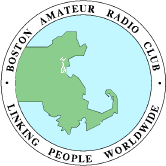 Boston Amateur Radio Club (BARC) is moving forward with its affiliation plans with the Artisan’s Asylum (A2) makerspace. At its October 2022 general meeting, the BARC membership voted to approve the plan. The step marks a turning point for the thirty-three-year-old club which has been without an official home for a long time.
Boston Amateur Radio Club (BARC) is moving forward with its affiliation plans with the Artisan’s Asylum (A2) makerspace. At its October 2022 general meeting, the BARC membership voted to approve the plan. The step marks a turning point for the thirty-three-year-old club which has been without an official home for a long time.
In 2022, Artisan’s Asylum relocated from offices in Somerville to 96 Holton Street in Boston. According to its website, the popular makerspace “is a non-profit […] devoted to the teaching, learning and practice of fabrication.” It offers classes on a wide range of skills and topics to the general public.
“As you know, we have been looking for a space to hold meetings, conduct testing, and eventually hold license classes,” writes Boston ARC President Brendan Baldonado, NW1S. “Getting a regular meeting space that also allows us to hold events, and host antenna and project builds will help grow the club.
“They (A2) are a maker/hackerspace that includes a wood shop, 3D printers and other heavy machinery.”
Prior to BARC’s decision to affiliate with Artisan’s Asylum, the makerspace was working to develop an RF station, mostly for testing and building other maker projects to bridge the gap between ham radio and DIYers. A2 applied for, and was awarded funding this past year from the Amateur Radio Digital Communications (ARDC) to establish an amateur station to “create, build, test and use amateur radio in various ways.”
Artisan’s Asylum currently counts among its ranks several licensed hams, and more are interested in obtaining their tickets.
“A2 is excited to get a club with our experience under their roof and have worked hard to keep the costs of renting a space very low for our club,” Baldonado says.
One important component of the collaboration involves BARC sponsoring courses. A2’s other members currently offer classes to the general public on such wide-ranging topics as woodworking and bicycle repair. BARC hopes to expand upon A2’s class offerings with courses on Amateur Radio-related topics like digital communications and kit construction. BARC is currently polling its membership to find interested individuals who will step forward and volunteer to instruct.
“There is a world of possibility in these spaces,” says Mindy Hull, KM1NDY. She and Greg Kenley, AC1NY, are passholders who have full access to the building and the club space. Soon, additional members will be added as passholders with unlimited access. In the long term, the club hopes to sort out access issues for its entire membership.
Hull notes that the A2 facility is enjoying tremendous popularity. “There are no more suites available at the A2. All suites are now on a waiting list.” She adds, “We got ours just in time.”
[December 30, 2022 Update: “Joe Chapman, NV1W, and Brendan NW1S, installed an off-center dipole and coax down into the BARC studio. We have a Yaesu FT-847 that will remain at the club station along with a power supply. There is also a Kenwood for UHF/VHF. Mary Sullaway, NN1C, installed the copper grounding. AC1NY will bring another folding table for the studio, along with a Lenovo laptop and Samsung monitor. He also plans to construct a WFVIEW remote transceiver setup for the studio as well as digital protocols station. We are almost operational!” -AC1NY.]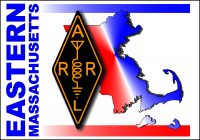

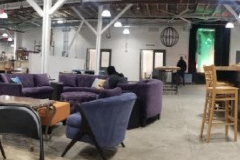
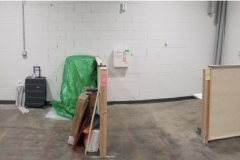

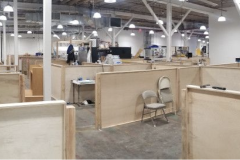
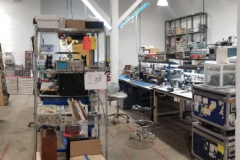
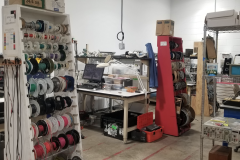
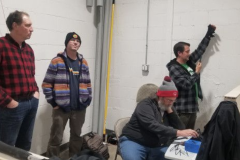
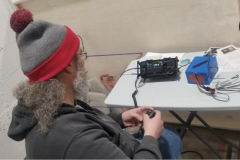
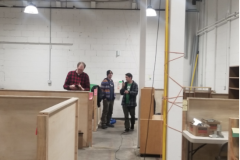
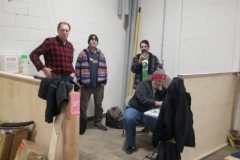
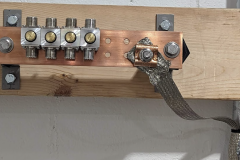
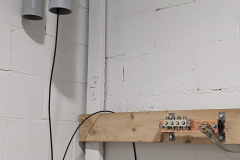

 The December, 2022 Section Newsletter is now available at
The December, 2022 Section Newsletter is now available at  From nediv.arrl.org:
From nediv.arrl.org: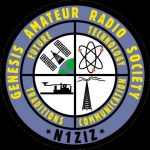 Michael Bennett, KG1U, writes on the GARS Now mailing list:
Michael Bennett, KG1U, writes on the GARS Now mailing list:
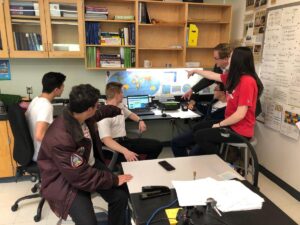
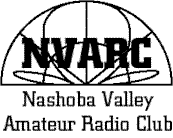 Bruce Blain, K1BG, writes:
Bruce Blain, K1BG, writes: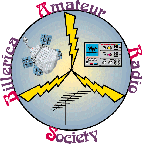 Bruce Anderson, W1LUS, writes on the Billerica ARS mailing list:
Bruce Anderson, W1LUS, writes on the Billerica ARS mailing list: The New England
The New England 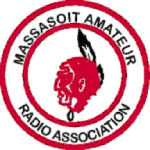 From the Massasoit ARA MARANews, November 2022:
From the Massasoit ARA MARANews, November 2022: